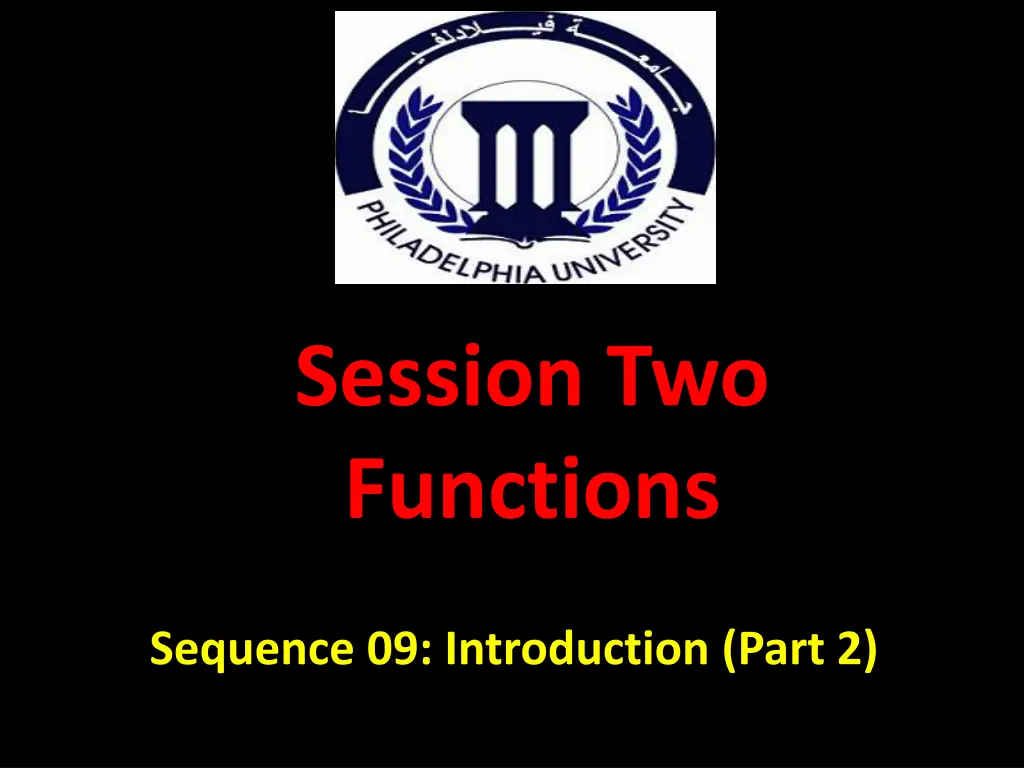
Understanding Function Representations: Verbal, Numerical, Visual, and Algebraic
Explore how functions are represented verbally, numerically, visually, and algebraically in mathematics. Discover the significance of the Vertical Line Test, symmetry in even and odd functions, and learn to differentiate between types of functions based on geometric properties.
Download Presentation

Please find below an Image/Link to download the presentation.
The content on the website is provided AS IS for your information and personal use only. It may not be sold, licensed, or shared on other websites without obtaining consent from the author. If you encounter any issues during the download, it is possible that the publisher has removed the file from their server.
You are allowed to download the files provided on this website for personal or commercial use, subject to the condition that they are used lawfully. All files are the property of their respective owners.
The content on the website is provided AS IS for your information and personal use only. It may not be sold, licensed, or shared on other websites without obtaining consent from the author.
E N D
Presentation Transcript
Session Two Functions Sequence 09: Introduction (Part 2)
Sequence 09: Introduction (Part 2) Representations of Functions verbally (by a description in words) numerically (by a table of values) visually (by a graph) algebraically (by an explicit formula) The graph of a function is a curve in the ?? plane. But the question arises: Which curves in the ?? plane are graphs of functions? This is answered by the Vertical Line Test.
Sequence 09: Introduction (Part 2) Vertical Line Test : A curve in the ?? plane is the graph of a function of ? if and only if no vertical line intersects the curve more than once.
Sequence 09: Introduction (Part 2) If each vertical line ? = ? intersects a curve only once, at (?,?) , then exactly one functional value is defined by ? ? = ? . But if a line ? = ? intersects the curve twice, at (?,?) and (?,?) , then the curve can't represent a function because a function can't assign two different values to ? .
Sequence 09: Introduction (Part 2) Symmetry. If a function ? satisfies ? ? = ?(?) for every number ? in its domain, then ? is called an even function. For instance, the function ? ? = ??is even because ? ? = ( ?) = ??= ? ? .
Sequence 09: Introduction (Part 2) If ? satisfies ? ? = ?(?) for every number ? in its domain, then ? is called an odd function. For example, the function ? ? = ??is odd because ? ? = ( ??) = ??= ? ? .
Sequence 09: Introduction (Part 2) The geometric significance of an even function is that its graph is symmetric with respect to the ? axis, while the graph of an odd function is symmetric about the origin. Note that the function may be neither even nor odd, for example, ? ? = ?? ??is neither even nor odd because ? ? = ? ? ?2 = ?? ??and ?( ?) ?(?) or ? ? ?(?)
